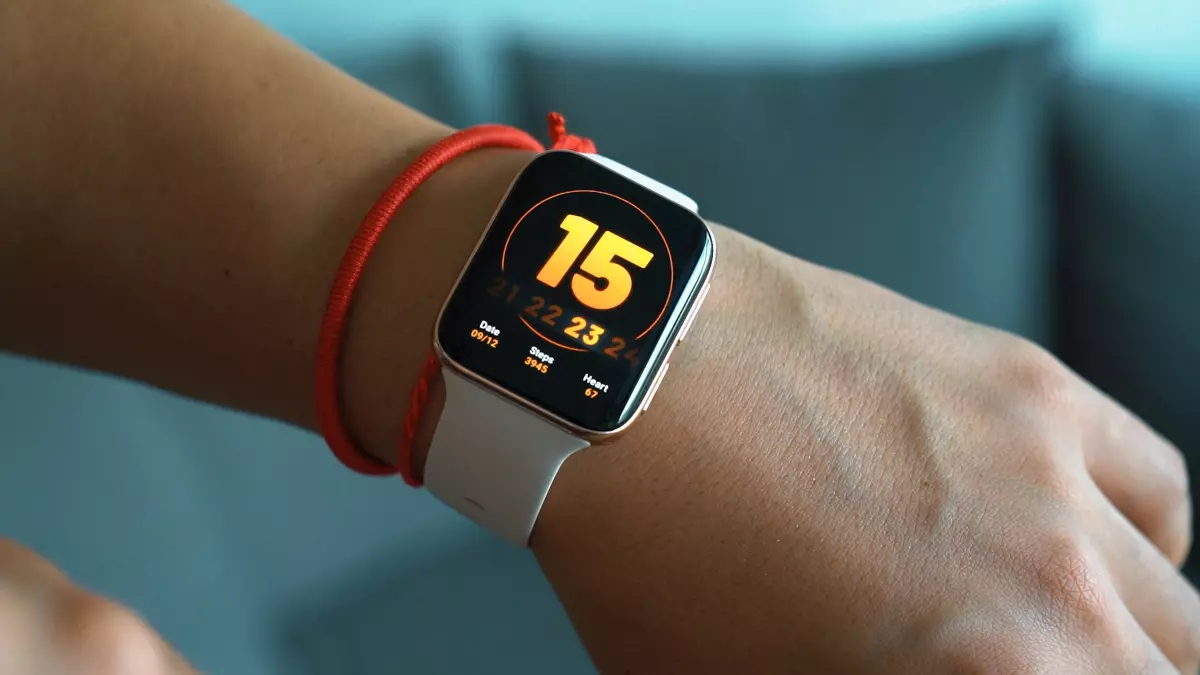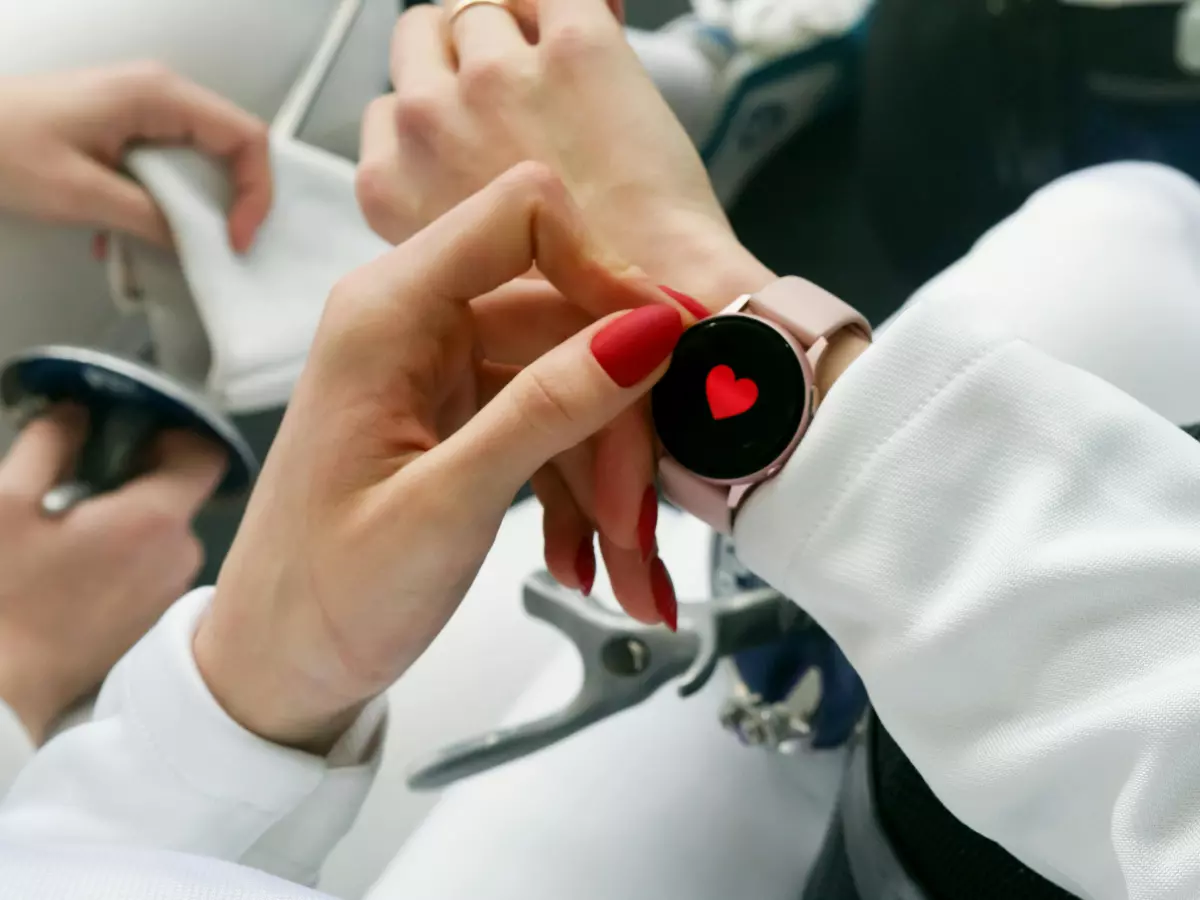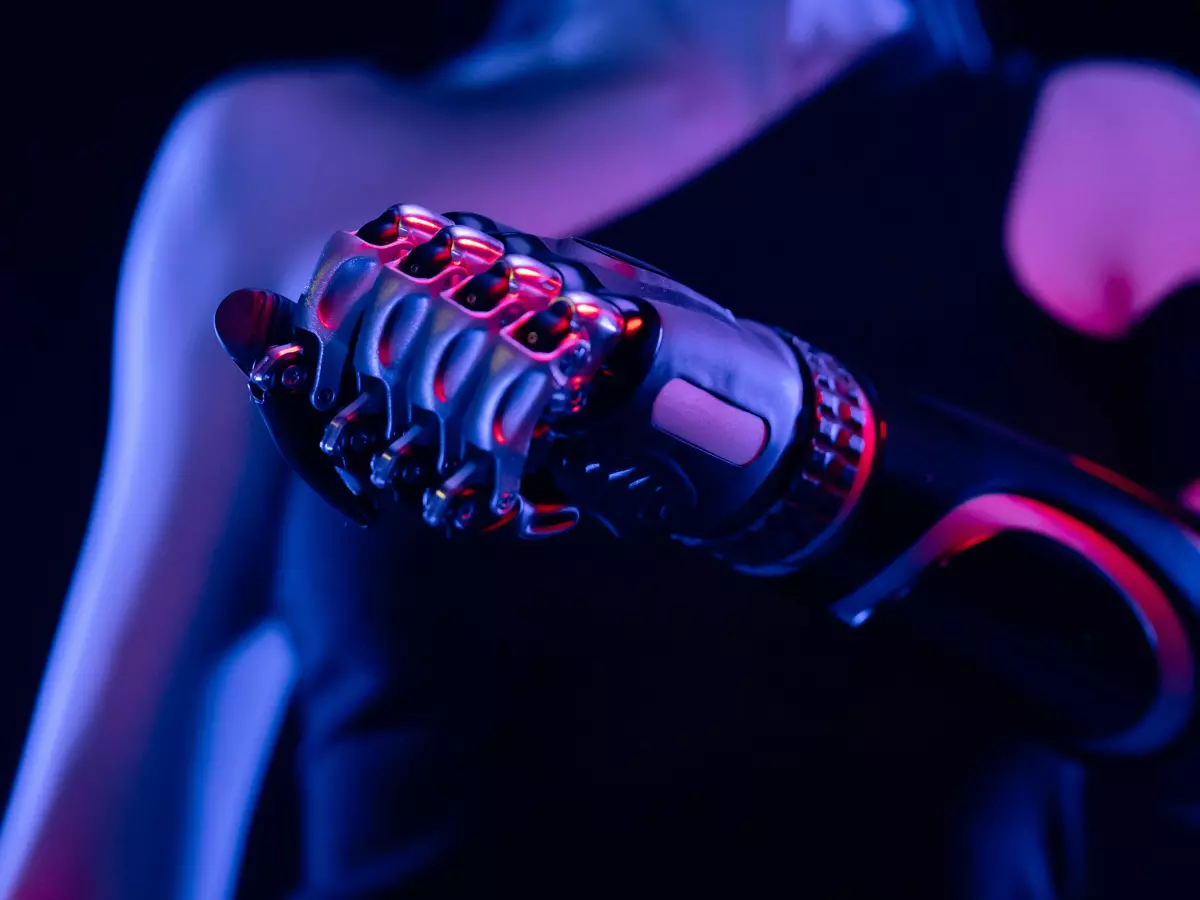Fitness Tech Unleashed
Ever wondered how your fitness tracker knows when you're slacking off? Or how it manages to keep going for days without a recharge? Let's break down the tech behind wearables that are revolutionizing fitness.

By Kevin Lee
Wearables have come a long way from being simple step counters. Today, they’re packed with sensors that track everything from your heart rate to your sleep patterns. But how do they do it? And more importantly, how do they manage to stay powered for days on end? Let’s dive into the tech behind the wearables that are keeping you fit and motivated.
At the heart of every wearable is a suite of sensors. These tiny devices are responsible for collecting all the data that your fitness tracker or smartwatch uses to give you insights into your health. But not all sensors are created equal. Some are designed to track your movement, while others monitor your heart rate, and still others keep an eye on your blood oxygen levels. The key to making all these sensors work together is software integration, which we’ll get into later.
Movement Sensors: The Core of Fitness Tracking
Let’s start with the basics: movement sensors. Most wearables use accelerometers and gyroscopes to track your movement. Accelerometers measure changes in speed, while gyroscopes track orientation. Together, these sensors can tell if you’re walking, running, or even just sitting on the couch binge-watching your favorite show.
But it doesn’t stop there. Some wearables also include magnetometers, which measure magnetic fields and can be used to track your direction. This is especially useful for outdoor activities like hiking or running, where knowing your direction can be just as important as knowing your speed.
Heart Rate Monitors: Keeping Tabs on Your Pulse
Heart rate monitors are another essential component of fitness wearables. Most devices use optical heart rate sensors, which work by shining a light through your skin and measuring the amount of light that’s reflected back. This allows the sensor to detect changes in blood flow, which can be used to calculate your heart rate.
However, optical heart rate sensors aren’t perfect. They can be affected by factors like skin tone, body hair, and even the way the wearable fits on your wrist. That’s why some high-end wearables also include electrical heart rate sensors, which use electrodes to measure the electrical signals produced by your heart. These sensors are more accurate but also more expensive and power-hungry.
Battery Life: The Unsung Hero
All these sensors are great, but they wouldn’t be much use if your wearable died after a few hours of use. That’s where battery life comes in. Most wearables use lithium-ion batteries, which are lightweight and have a high energy density, making them perfect for small devices like fitness trackers and smartwatches.
But battery life isn’t just about the size of the battery. It’s also about how efficiently the wearable uses power. This is where software integration comes into play. Wearables use sophisticated algorithms to manage power consumption, turning off sensors when they’re not needed and adjusting the brightness of the display to conserve energy. Some devices even include low-power modes that can extend battery life by days or even weeks.
Software Integration: The Glue That Holds It All Together
So, you’ve got all these sensors and a long-lasting battery, but how does your wearable make sense of all the data it’s collecting? That’s where software integration comes in. Wearables use complex algorithms to analyze the data from their sensors and turn it into useful information. For example, your fitness tracker might use data from the accelerometer and heart rate monitor to calculate how many calories you’ve burned during a workout.
But software integration isn’t just about crunching numbers. It’s also about making sure that all the different components of your wearable work together seamlessly. For example, your wearable might use data from the magnetometer to adjust the orientation of the display when you’re using it outdoors. Or it might use data from the heart rate monitor to adjust the intensity of your workout recommendations.
The Future of Wearable Tech
Wearables are already pretty advanced, but the future looks even more exciting. New sensors are being developed that can track things like hydration levels and stress. And as battery technology continues to improve, we can expect wearables to last even longer between charges. But perhaps the most exciting development is in software integration. As wearables become more sophisticated, they’ll be able to provide even more personalized insights into your health and fitness.
So, the next time you strap on your fitness tracker or smartwatch, take a moment to appreciate the incredible technology that’s working behind the scenes to keep you moving and motivated. From sensors to battery life to software integration, wearables are truly a marvel of modern engineering.




